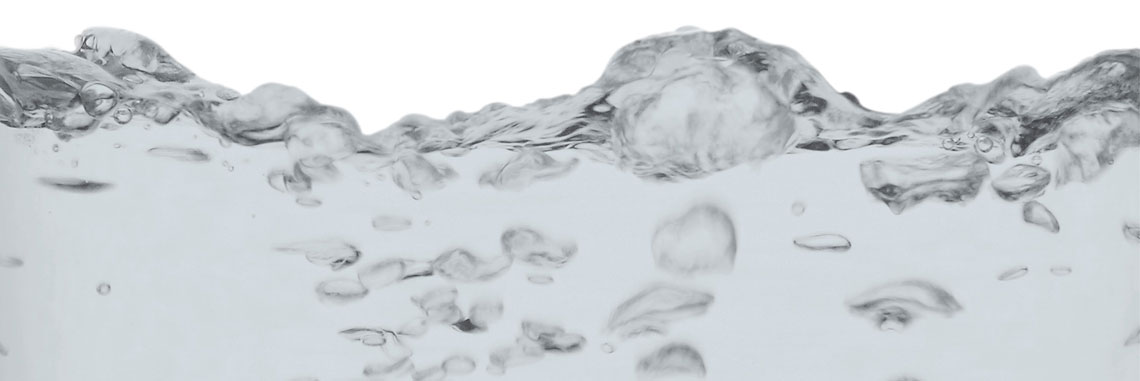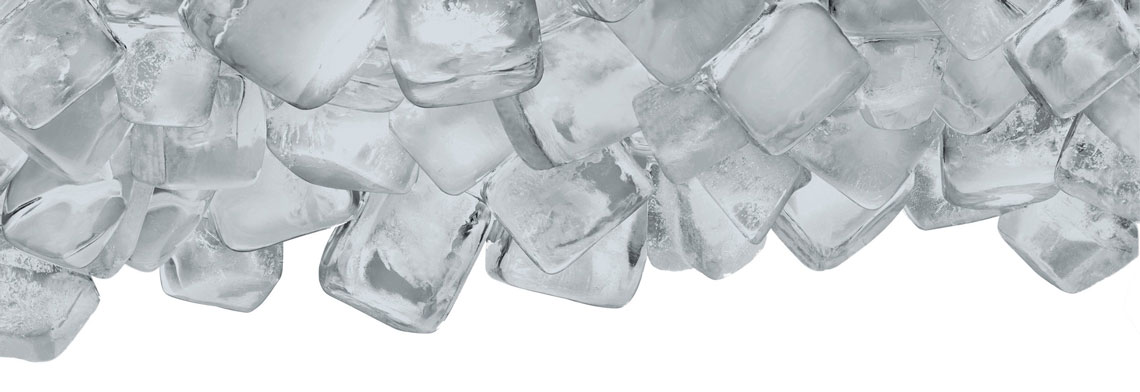In 1966, a question from a high school student in a lecture unsettled British physicist Denis Osborne (1932–2014), of the University of Das es Salaam, in the capital of Tanzania. “If you take two cups with equal volumes of water, one at 35 degrees Celsius [°C] and the other at 100 °C, and put them in the freezer, the one that started at 100 °C freezes first. Why?” he asked the university professor Erasto Mpemba, who passed away at the beginning of this decade on an uncertain date. The questioning originated from an observation by the youngster from Tanzania when, some time before, he was preparing ice cream at home. The student had noticed that, strangely, a mixture of boiled milk and sugar froze more quickly than another colder one that had not been heated. Instead of dismissing the boy’s report, Osborne decided to test it. The result, confirming the student’s initial observations, was published in 1969 in an article written by them both in the journal Physics Education.
The capacity of hot water, and also other liquids, to solidify before their colder counterparts is called the Mpemba effect. The phenomenon, macroscopic and counterintuitive, challenges Isaac Newton’s (1643–1727) law of cooling, according to which the loss of heat of a body is directly proportional to the difference between its temperature and that of the environment. The Mpemba effect had already been noticed by Aristotle in Antiquity, more than 2,000 years earlier, and later by British philosopher Francis Bacon (1561–1626) and French mathematician René Descartes (1596–1650). It has never been convincingly explained by thermodynamics, which studies the transfer of heat and other forms of energy in a system. There is still no consensus today about what makes hotter water solidify before cold water.
In recent years, there has been growing interest in understanding phenomena analogous to the Mpemba effect in the domains of quantum mechanics, which studies the behavior of light and matter at the atomic and subatomic scale, in the microscopic world. A study published in October in the journal Physical Review Letters proposes a theoretical explanation of the quantum version of the phenomenon and suggests a way to manipulate it. “Previous studies focused on extremely restricted systems and conditions. Our work expands the theoretical scope to understand and activate the Mpemba effect in any quantum system,” explains Brazilian physicist Krissia Zawadzki, from the University of São Paulo’s São Carlos Institute of Physics (IFSC-USP) and coauthor of the article, alongside a team from Trinity College Dublin, in Ireland.
The Mpemba effect can be understood as the acceleration of a process that attempts to move the initial state of a system to another that will remain fixed over time, called a stationary state. If this state has a well-defined temperature, it is in equilibrium. In this situation, it is possible to know exactly the proportion of molecules that are motionless and in motion and the degree of agitation follows a known probability distribution. When the water is freezing or boiling, this information is lost and the system is considered out of equilibrium. Being initially out of equilibrium can be interesting when this situation permits taking a quicker route to the final state that is desired to be reached.
Similar reasoning is adopted for quantum systems. “We call any phenomenon that causes a quantum system to reach equilibrium more quickly when it has a greater initial state of disequilibrium the quantum Mpemba effect,” clarifies Zawadzki. It is the same paradoxical principle as the original Mpemba effect, in which the hotter one freezes before the cooler one. In the quantum universe, when this phenomenon occurs, the more out-of-equilibrium system reaches equilibrium before the one that is less out of equilibrium.
 Magnascan / Getty Images
Magnascan / Getty Images
To activate a quantum version of the Mpemba effect, the study proposes selecting the parts of a system, called modes, that present greater disequilibrium of energy, or in other words, which show quantum properties at a more intense level, such as entanglement or superposition of states. The more modes (parts) in greater disequilibrium are selected, the faster the system can move to equilibrium and, as in the classical world, literally become colder.
“Our work essentially provides a recipe for generating the Mpemba effect in quantum systems, in which a physical transformation that effectively ‘heats’ the quantum system can be performed,” says physicist John Goold, from Trinity College, in published material from the study. “This transformation, therefore, paradoxically enables it to relax or ‘cool down’ exponentially faster by exploiting unique characteristics in quantum dynamics.”
The study may be useful for the development of technologies that allow faster cooling of quantum computers, which work at temperatures close to absolute zero, -273.15 °C. The article does not propose a specific cooling technique, but Zawadzki suggests the manipulation of magnetic fields on materials, such as chrome and potassium alum, as a currently promising technique.
Zawadzki is cautious about associating the study with the development of new technologies, but points out the possibility of the Mpemba effect being relevant for the emergence of quantum batteries, with much faster charging and greater storage capacity, besides the potential to be used in cooling systems necessary in the field of quantum computing. “It is still not possible to predict how far or how close we are to the creation of possible new cooling technologies. This could happen in a few decades or in less time,” ponders physicist Roberto Serra, of the Federal University of ABC (UFABC), who did not participate in the study.
In the short term, the approach proposed in the study paves the way for experimental physics to test it under different conditions and materials. For physicist Marcelo Terra, from the Institute of Mathematics, Statistics, and Scientific Computing of the University of Campinas (IMECC-UNICAMP), who also did not participate in the study, the proposed theory is interesting and could be applied in different experimental systems. Serra says that the study is very convincing and should attract interest from different experimental research groups. “It is a question of time for someone to do the experiments and test these ideas,” comments the researcher from UFABC.
The story above was published with the title “The hotter it is, the closer it is to freezing” in issue 345 of November/2024.
Scientific articles
MORODER, M. et al. Thermodynamics of the Quantum Mpemba Effect. Physical Review Letters. Oct. 4, 2024.
MPEMBA, E. B. & OSBORNE, D. G. Cool? Physics Education. Vol. 4, p. 172. 1969.
